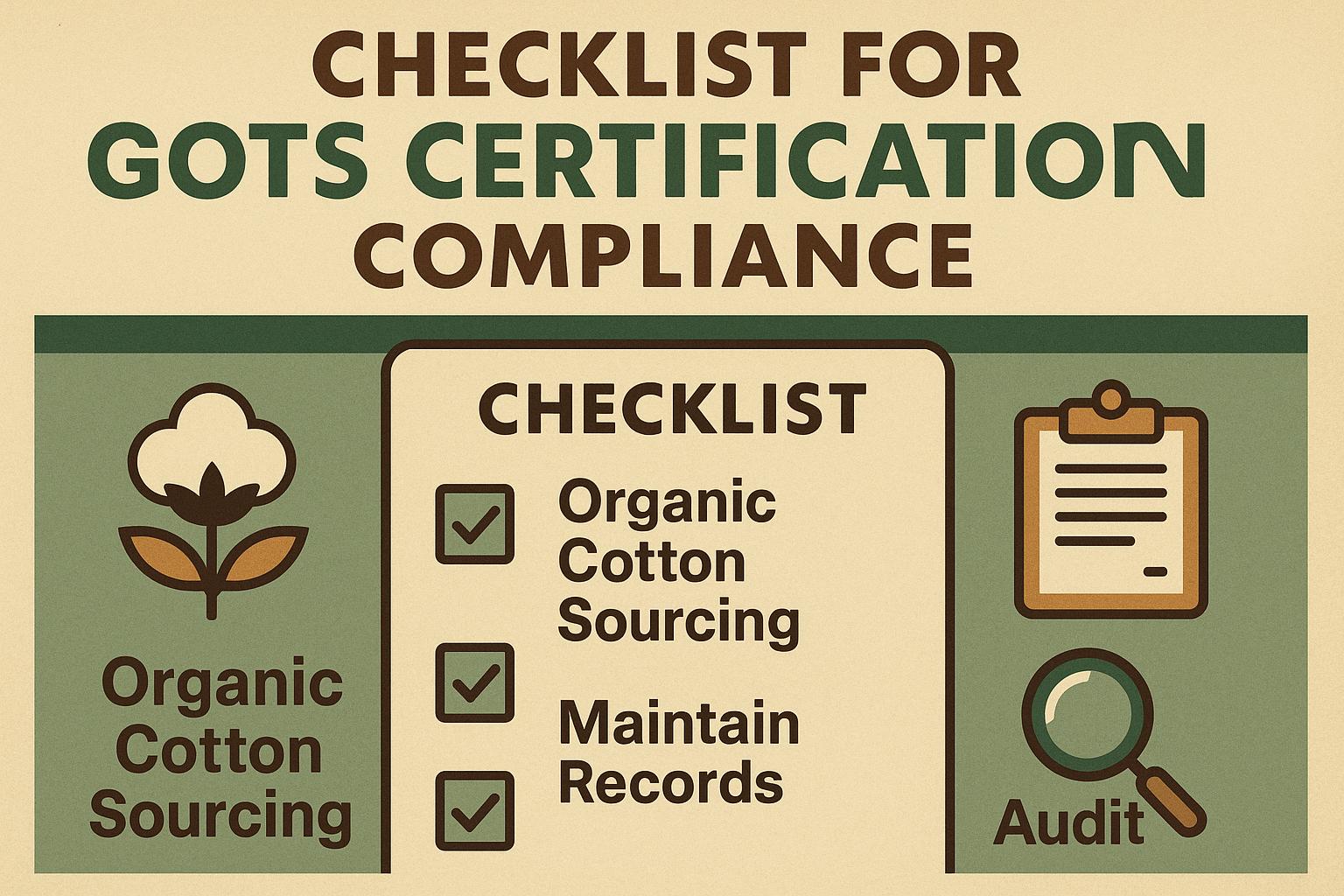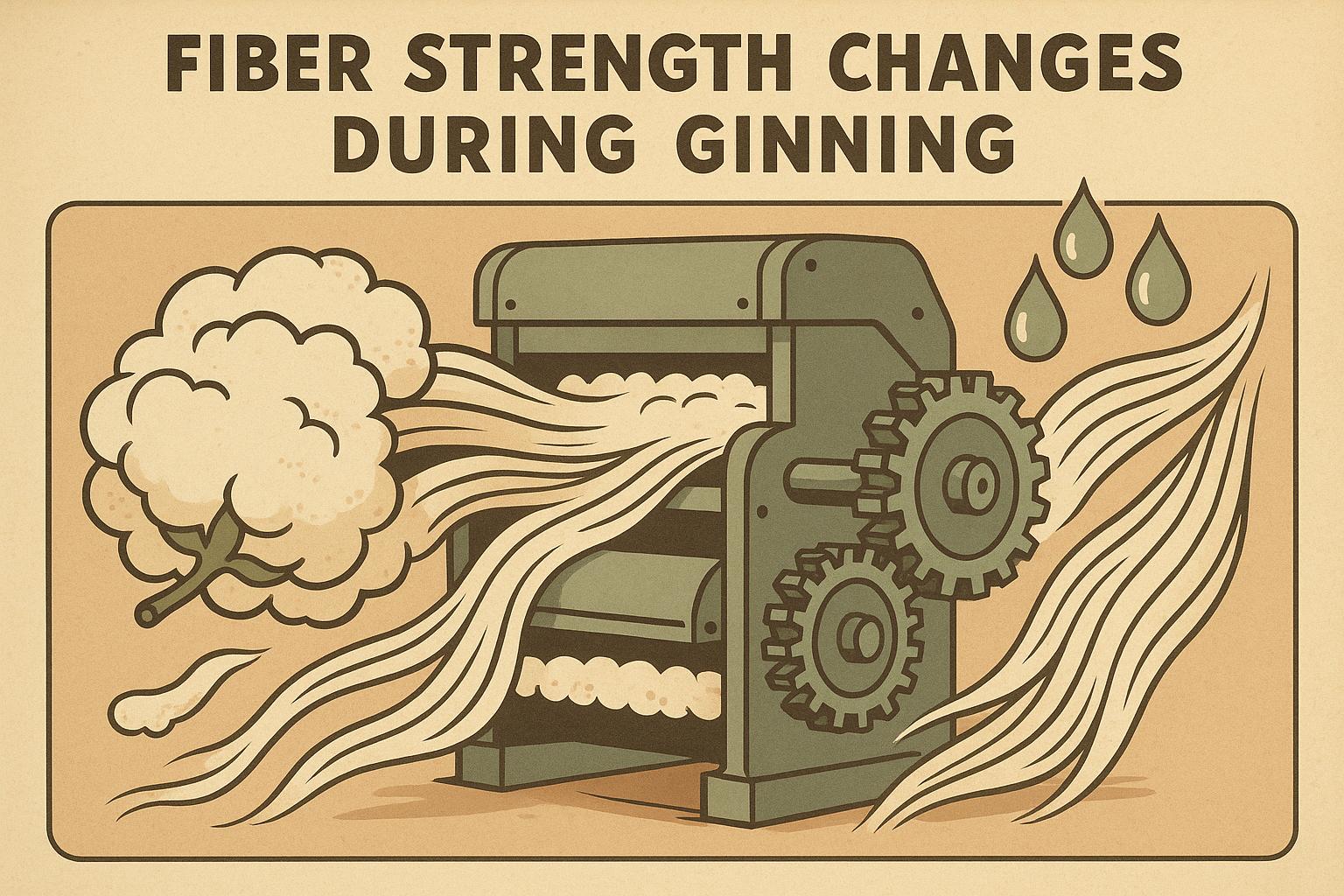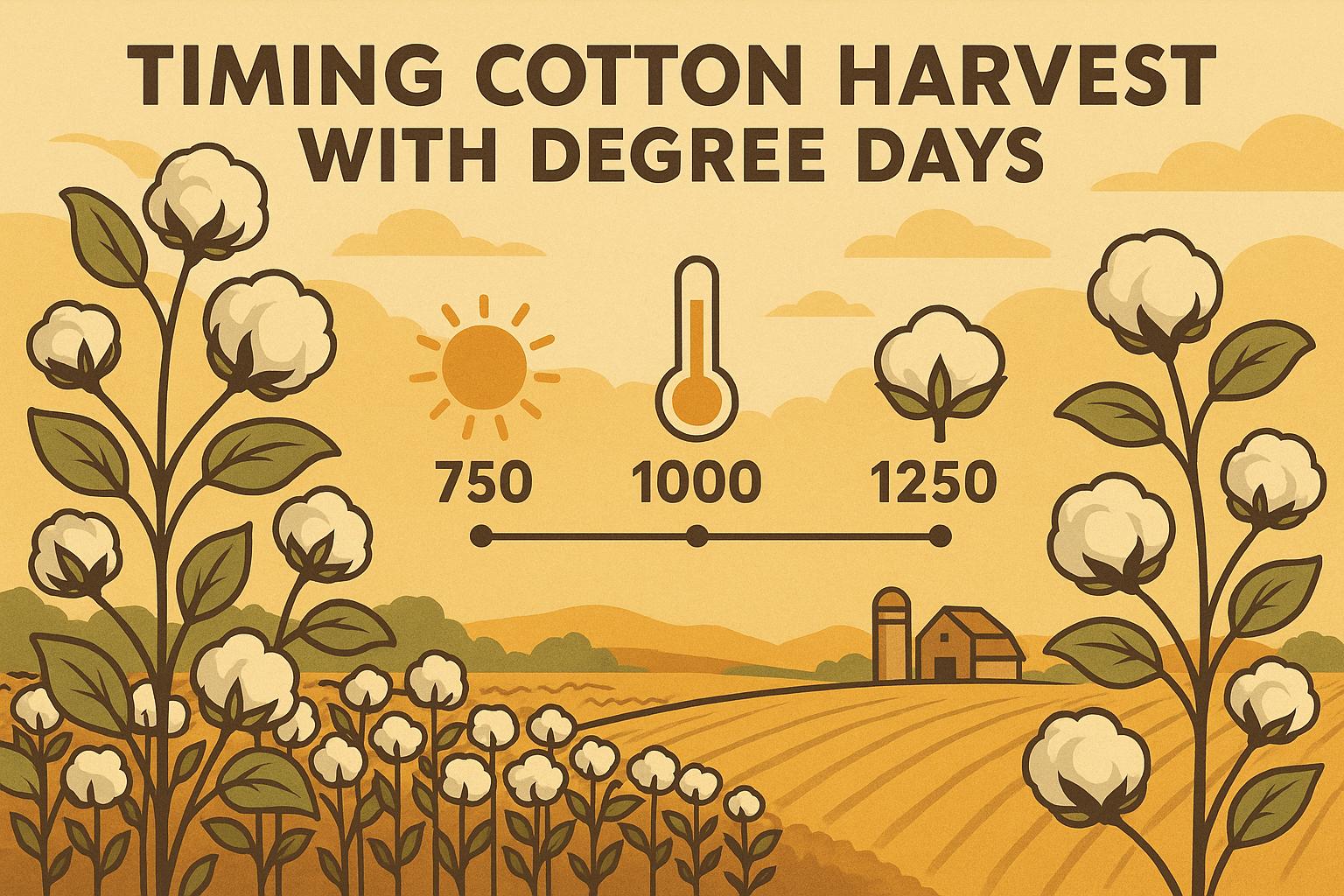Executive summary (TL;DR)
- Track inputs like seed and fert with digital logs at 2-3% error margin—cuts audit risks and refines budgets for 10-15% cost savings in cotton ops.
- Log yield by variety and field zone annually; use apps to spot trends like nematode hits, boosting next-season planning without guesswork.
- Maintain compliance records for subsidies and insurance—organize digitally to slash filing time 50%, freeing hours for field scouting.
Related Post: For more on operational finances, check out our post on Financial Planning Tools for Cotton Farmers.
I've spent enough seasons knee-deep in cotton rows to know that the real grind isn't always the planting or picking—it's the paperwork that piles up like gin trash if you let it. You can have the best variety, nail your irrigation, and dodge every bollworm, but sloppy records? That's a fast track to headaches with the bank, the IRS, or even your own operation. For folks like us with a decade or more turning dirt, cotton farm record keeping isn't busywork; it's the quiet edge that sharpens your decisions, trims waste, and keeps the wolves at bay.
We're diving into best practices here—practical setups that fit real farms, backed by extension guidelines and what works on the ground. No fluff about basics; you know your manifests from your ledgers. This is about streamlining for efficiency, spotting trends that pay off in bales, and dodging pitfalls that seasoned hands still trip on. I've pulled from university data like Texas A&M and NCSU, where they've crunched numbers on how solid logs boost ROI. Let's break it down, field by field.
Why Solid Record Keeping Is Your Farm's Backbone
Think of records as your farm's memory bank. Without 'em, you're flying blind on costs that creep up or yields that dip for no clear reason. In cotton, where margins can swing on a dime per pound, tracking everything from seed treatments to harvest turnout isn't optional—it's survival. A Mississippi State study pegged poor documentation as a factor in 15-20% of overages on inputs; flip that with tight logs, and you're pocketing real cash.
For us veterans, it's about patterns: That sandy corner always underperforms? Logs tie it to low OM, cueing compost apps. Or subsidies—miss a detail, and you're out thousands. Extension data from Georgia shows farms with digital records average 10% better compliance rates, dodging fines and unlocking programs like EQIP for soil health boosts.
Setting Up Your System: Paper vs. Digital
Start simple, but aim digital—apps beat binders for searchability. If you're old-school, use ledger books with sections for inputs, outputs, labor, and compliance. But for efficiency, tools like FarmLogs or Granular handle it all; input a fert app once, and it ties to costs, yields, even weather pulls.
Key setup: Categorize by field zones—divide your acres into 5-10 units based on soil type or history. Log baselines like pH (target 6.2-6.5) and nematode counts pre-plant. NCSU recommends weekly updates during peak season; batch 'em Sunday nights to avoid backlog.
Pros of digital: Auto-calcs for per-acre costs—say $150-200 on fert for Uplands. Cloud backup means no lost notebooks in the truck cab. Drawback? Learning curve—start with one field, expand.
Tracking Inputs: From Seed to Spray
Inputs eat 40-50% of your budget, so log 'em religiously. Note variety (e.g., DP 1646 at 40k/acre), treatment rates (imidacloprid at 0.375 lb/ai for thrips), and application dates. Tie to invoices for cost per unit—track variances like diesel spikes.
Bullet points for precision:
- Seed: Log lot numbers, germ rates (aim 80%+), and placement depth (0.5-0.75 in).
- Fert: Split apps (30% pre-plant, 70% sidedress); record N at 100-120 lbs/acre, adjusting for tissue tests.
- Pesticides: Threshold-based (e.g., 5% boll damage for worms); note MOAs to rotate, dodging resistance.
- Irrigation: Gallons per acre-week; sensors log automatically in precision setups.
Oklahoma State data shows detailed input logs cut overuse 15-20%, freeing budget for PGRs that boost boll set.
Yield and Quality Logs: The Payoff Tracker
Harvest data's gold. Log lint turnout by field (target 35-40%), micronaire (4.3-4.9), and strength (28-32 g/tex). Use gin reports to cross-check; spot trends like low staple in heat-stressed zones.
Digital twist: Apps map yields via picker monitors—under 800 lbs/acre flags rotation needs. Arkansas trials link this to 10-15% gains over three years by tweaking varieties.
Table of key metrics to log:
| Metric | Target Range | Why Track It | Fix for Lows |
|---|---|---|---|
| Lint Yield | 1,000-1,500 lbs/acre | Spots efficiency | Adjust pop (3-4 plants/ft) |
| Micronaire | 3.5-4.9 | Affects premiums | PGR timing at Pinhead Square |
| Uniformity | 80-85% | Gin efficiency | Even watering, avoid stress |
| Trash Content | <1% | Grade hits | Defol timing at 60% open |
Labor and Equipment: The Hidden Costs
Labor's 10-15% of expenses; log hours by task—scouting at 2-3 hrs/100 acres weekly. Tie to outputs for ROI; if hand weeding's spiking, invest in hooded sprayers.
Equipment: Maintenance logs prevent breakdowns—oil changes every 200 hrs, calibration pre-season. Track depreciation; a $200k picker lasts 10 years, so $20k/year allocation.
Personal hack: App reminders for services; cuts downtime 20%, per Clemson.
Financial Records: Budgets and Breakevens
Tie it all to dollars. Monthly P&Ls: Inputs $400-500/acre, revenue at 0.70/lb needs 700-800 lbs breakeven. Log loans, subsidies—detail for audits.
Tax angle: Schedule F requires input/output proof; digital scans of receipts ease it. Georgia extension notes organized farms claim 10-15% more deductions.
Hedging logs: Note contracts, basis—track against spot prices for strategy tweaks.
Compliance and Risk: Covering Your Bases
Subsidies demand acreage reports, conservation plans, log practices like covers (rye at 50 lbs/acre) for CSP eligibility. Insurance: Yield histories prove claims; under-report, and you're shortchanged.
Pest logs for IPM compliance; note scouting dates, thresholds.
Safety: Equipment inspections, training—OSHA loves paper trails.
Tech Tools: Apps and Software That Simplify
Farmbrite or Conservis for all-in-one; integrate with John Deere Ops for auto-pulls. Freebies like Google Sheets work for starters—templates for cotton-specific logs.
UC data: Digital adopters cut admin time 40%, freeing for markets.
Common Pitfalls and Fixes
Backlogs: Weekly entries beat end-of-season rushes.
Inaccuracy: Double-check scales, meters.
Data silos: Centralize—one app or file.
Overcomplication: Start with essentials—inputs, yields, finances—add layers.
The Long Game: Analyzing for Insights
Annual reviews: Compare years; low micronaire trend? Tweak defol. Spot cost creeps—fert up 10%? Shop suppliers.
This turns records from chore to tool—I've seen ops shave 5-10% off costs, adding bales where it counts.
What's your logging hack? Comments welcome.
Actionable Takeaways
- Zone fields and log inputs weekly; aim for 15% efficiency.
- Track yields by metric; use tables to spot 10% gain opportunities.
- Centralize financials monthly; tie to breakevens for hedging edge.
- Review annually; adjust practices like pop or fert for ROI boosts.


